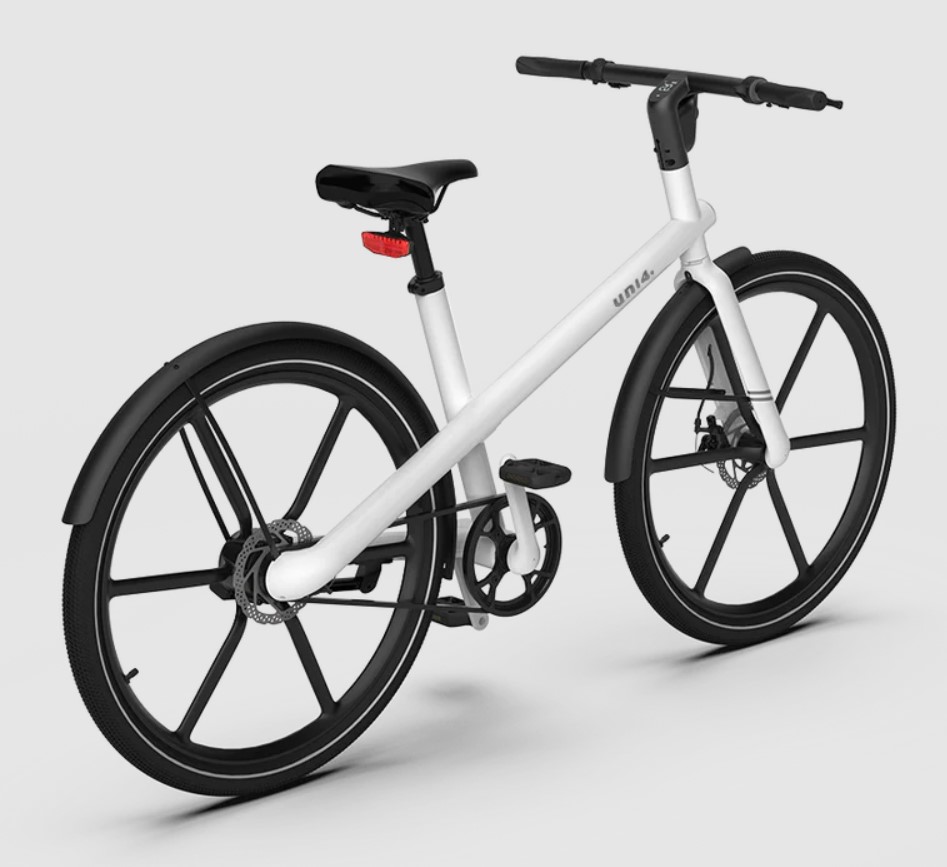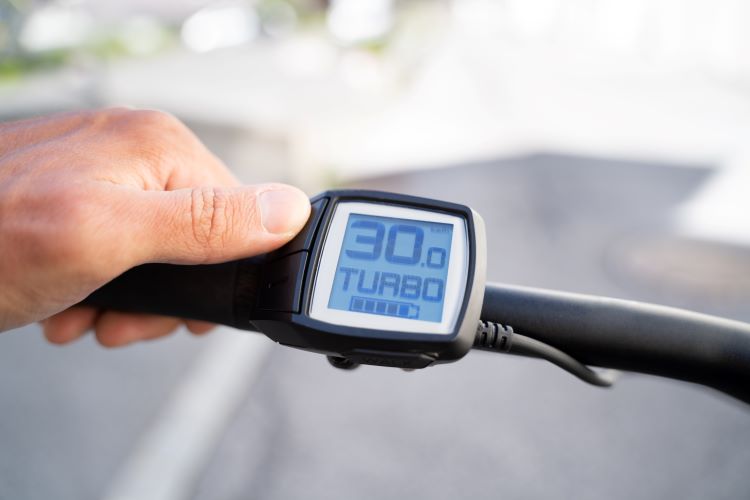Learn how e-bikes work and you’ll soon see how they could transform your relationship with cycling for good, says cycling enthusiast Mark Bailey…
The best electric bikes are hugely popular fitness tools, with the e-bike market worth £354.18m in the UK in 2023, and $2.89bn in North America in the same year. But many people remain confused about how e-bikes work and how you ride them. That’s true even among some e-bike enthusiasts, as well as among new riders keen to get involved. The result is that there are many myths about e-bikes which continue to flourish. It’s time to set the record straight.
What is an e-bike?
An e-bike – or electric bike – is an otherwise normal bicycle which has an electric motor to help you turn the pedals. “An e-bike has an electric-powered hub which is designed to assist with pedalling, rather than powering the bike without input from the rider,” explains Justin Stevenson, Head of Cycling Design at popular e-bike stockists Halfords in the UK. These motors convert electrical energy into mechanical energy, helping to propel you along the road or trail. Some riders say it’s a bit like having a strong tailwind pushing you along.
Do I still have to pedal?
E-bikes are pedal bikes, not motorbikes. Yes, they have a motor in them, but you still have to push on the pedals to get around. The power assistance is activated by your own pedalling; it just makes your pedalling easier.
E-bikes have controllers – usually on the handlebars – which allow you to regulate how much or how little assistance you receive. That can range from a gentle nudge against a headwind to a significant power boost on a steep incline. So how much power assistance you enjoy is dependent on how hard you’re pedalling and what level of motor support you’ve chosen.

You can’t beat the Honbike Uni4 for regular low-mileage rides
BUY IT NOW:
($1,699 / £1,799), honbike.com
In the UK, power output is limited to 250 watts for safety reasons, and the motor must cut out when you reach 15.5mph (25kmph). In the US, the cap is usually higher, at around 750 watts, and the motor must cut out when you hit 20mph (32.2kmph).

How do e-bikes work?
The key component of an e-bike is its motor. “This motor can be located in the front or rear wheel, or in the central hub with the pedals,” explains Stevenson.
If the motor is on the central hub of your bike – near the bottom bracket by your pedal cranks – it’s called a mid-drive motor. This type drives the cranks connected to your pedals to help push the chain around. It’s similar to the way your legs send force through the drivetrain.
If the motor is in one of your wheels, it’s called a hub motor. This kind of motor pushes your wheel directly, instead of your pedal cranks.
The motors are powered by a battery mounted in or on the frame, which is rechargeable.
What are the benefits of e-bikes?
The main benefit of an e-bike is that it can help you to reach places, distances and heights you might not otherwise reach. But you still bank plenty of calorie-burning, muscle-strengthening exercise along the way. An e-bike can turn a dauntingly long bike commute into an accessible one, transform a short ride into a longer adventure, or help you switch from flat rides to hilly rides. An e-bike can therefore make you a much fitter, stronger and more adventurous rider.
How do I get into e-bikes?
“There are fantastic bike shops around the world, so if you are not sure if riding an electric bike is right for you, pop in for a chat,” suggests Julian Scriven, Managing Director of Brompton Bike Hire – one of the most established e-bike brands in the UK. “They will often let you have a test ride so you can compare models. You can also sometimes rent an e-bike if you want to give them a longer trial. In my experience, nothing sells e-bikes better than the first time you ride one.”
Related content:







